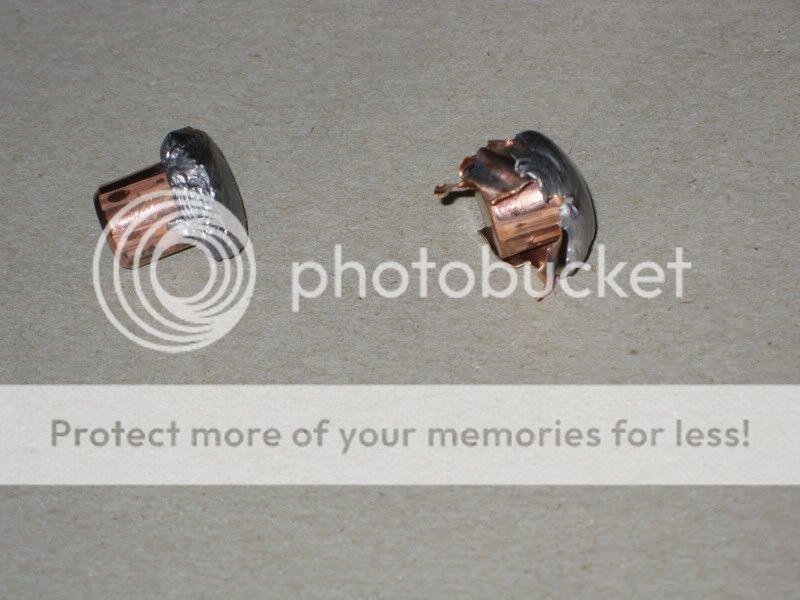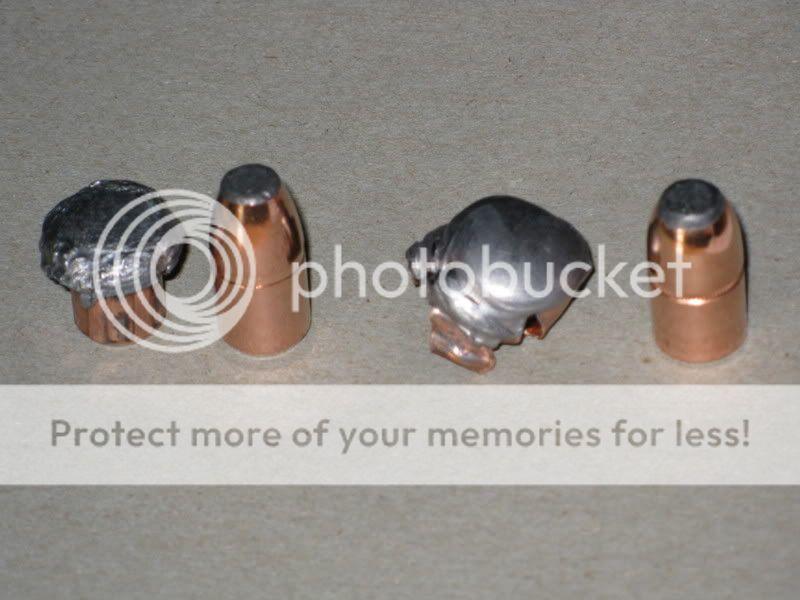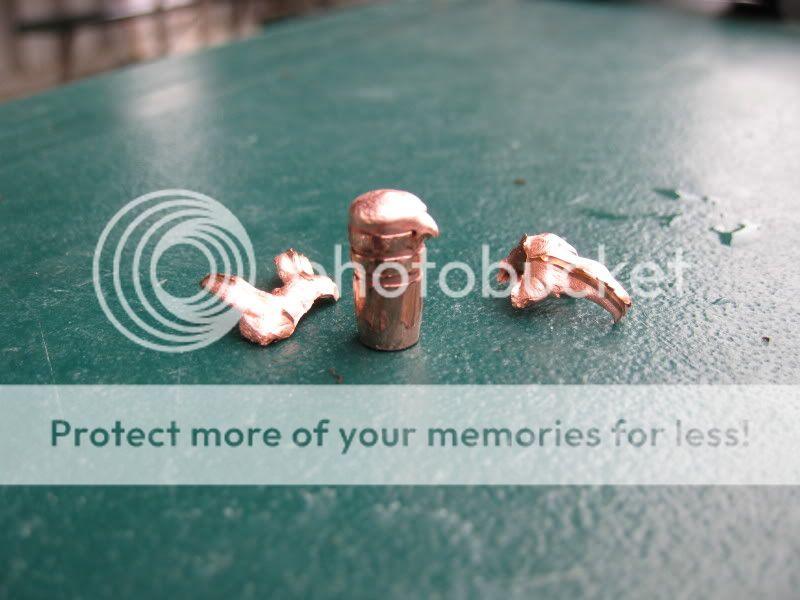I'm new to this site, just stumbled across it by accident. I've been hunting a
long time but have always felt closer is better, until recently. Now I'm getting
interested in long range capabilities.
Started out loading a lot of nosler partitions and the more I shot them the less
impressed I was. Tried a few others before settling on the speer spirepoints.
(The noslers work okay on deer but don't cut it on moose and bear).
Question for Ian: (providing he survived Africa) What did you make of the bonded bullets you tested? Did they mushroom OK and how was retained
bullet weight?
I just picked up some Federal fusion 150 gr in 300 win mag and have been dieing to try them out, but not enough to try it at 10 below. (wimping out).
Besides the phone books would freeze solid

GuyM , Thanks for the photo and info on the Barnes TSX. That's another
interesting bullet I haven't tried. Have been a little skeptical about the solid
copper aspect.



